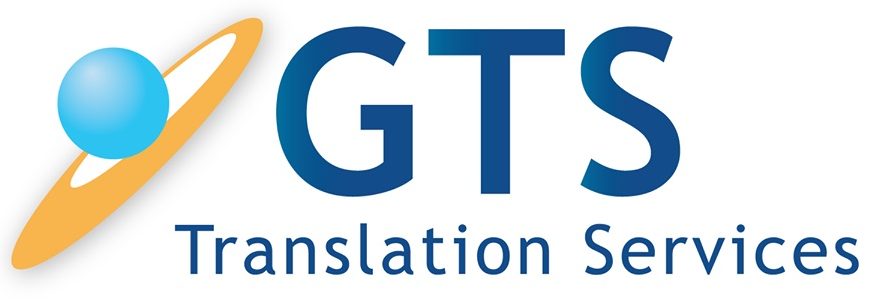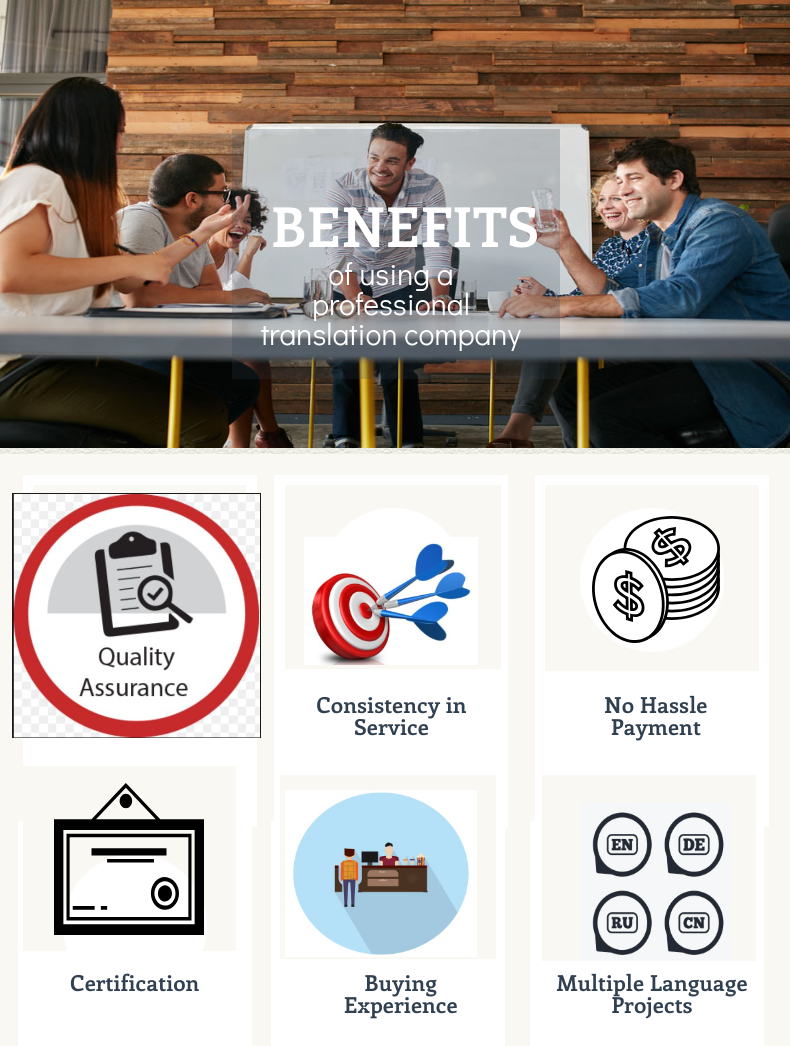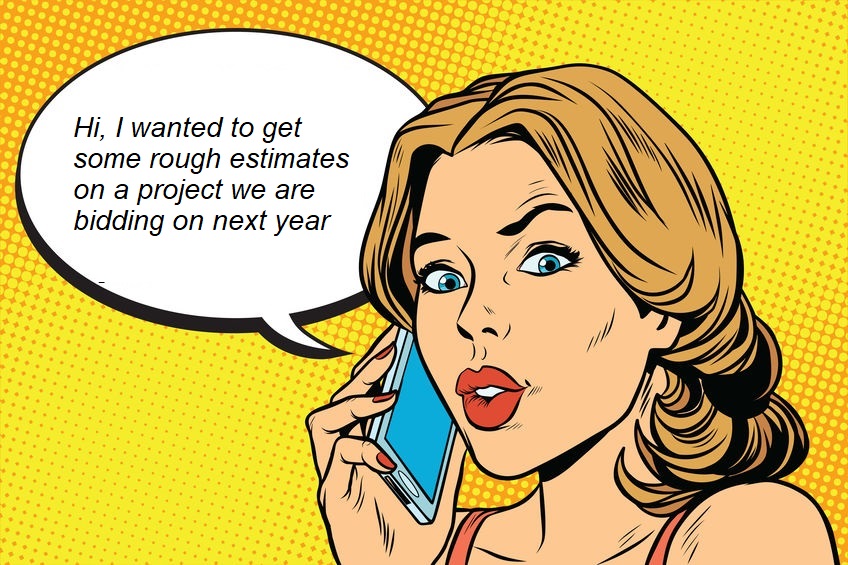The Truth About Translation RFPs: Most Aren’t Worth Your Time
As an online translation service company that ranks highly in search, GTS receives a considerable number of RFPs (Requests for Proposal). This is despite the fact that we offer an instant online price quote tool for translation services, and an additional calculator that provides translation price per-word estimates without requiring any file upload.
So why do so many companies still send RFPs? Maybe they feel they can’t find all the information they need on our website — even though we have nearly 500 pages that answer almost any question a customer might have. Maybe buyers simply prefer to push the work onto vendors instead of doing their own due diligence.
After answering many such RFPs over the years, we’ve learned that they are usually a waste of time. In the overwhelming majority of cases, we have stopped responding. We either ignore them, or in some cases send a brief “not interested” response. We are busy enough providing service to our existing clients, and we don’t want to spin our wheels for nothing.
A New Approach: Putting the Shoe on the Other Foot
Recently, we decided to try a different approach. Instead of just saying “not interested,” we turned the process around and responded with our own questions.
Here is a real RFP we received on November 12, 2025:
Hello Team,
My name is Charan, and I am a Project Manager at Fyxt. We are a SaaS company in the proptech (property technology) sector, and we are preparing to localize our application and all associated web content into Canadian French.
We are currently in the process of evaluating potential long-term localization partners who have specific expertise in both technical SaaS products and marketing content for the Québec market.
As part of our initial evaluation, we have prepared a questionnaire as attached below. Your responses will be crucial in helping us understand your company’s processes, technical capabilities, and approach to quality.
Please provide your answers in the attached excel and reply to this email.
We kindly request that you return your completed questionnaire by Nov 18.
Based on our review of your responses, we will take forward the discussion with you.
Thanks,
Charan J
Note a few things right away:
- The sender only used a first name and initial: no full last name.
- There is no business address or clear location.
- The message reads like a blast email sent to multiple vendors.
Those are already red flags. But it gets better.
The 41-Question RFP
This person attached an Excel file with no fewer than 41 questions, covering everything from French Canadian translation terminology to server locations and NDAs. Here is the full list:
- How do you ensure translations reflect Canadian French (Québécois) rather than European French?
- Can you share samples of previous Canadian-French website localisations (preferably SaaS, PropTech, or software UI)?
- Do you offer proofreading or second-review by another native linguist before delivery?
- How do you handle tone consistency between technical text and marketing content?
- Do you provide glossary and style guide creation before starting large projects?
- What file formats can you work with (e.g., JSON, XLIFF, HTML, YAML, CSV)?
- Can you integrate with translation management tools (Lokalise, Phrase, Crowdin, Smartling, or GitHub)?
- How do you handle placeholders and variables (e.g., {username}, %property_name%) in UI text?
- Are you familiar with Angular/i18n, Django templates, or similar frameworks?
- Do you use CAT tools with translation memory to ensure future consistency?
- What is your typical turnaround time for a website/app with ~10,000–20,000 words?
- How do you handle ongoing updates or rolling releases (continuous localisation)?
- Who will be the project manager or lead linguist for our account?
- Do you provide a staging review phase before go-live?
- What is your policy for post-delivery edits or corrections?
- How do you ensure compliance with Québec’s Bill 96 / Charter of the French Language?
- Can you localise terminology related to real-estate, property management, vendor billing, and compliance?
- Do you adapt units, measurements, and date/time formats for Canadian conventions?
- Can you help with multilingual SEO for Canada (meta tags, hreflang, keywords)?
- How do you approach tone and formality for a bilingual (English-French) audience?
- What are your rates per word, per hour, and per project?
- Do you offer fixed-price packages for website localisation?
- Do you charge additional fees for technical file formats (HTML, JSON, YAML)?
- Are there minimum fees for small updates or revisions (<500 words)?
- What are your payment terms (upfront %, NET30, etc.)?
- Do you offer volume discounts or retainers for ongoing translation work?
- Are proofreading and QA reviews included in your quoted price?
- Do you charge separately for glossary creation or translation memory setup?
- How do you handle scope changes or additional content added mid-project?
- Do you provide an estimate or cost breakdown before beginning the project?
- What QA process do you follow to verify linguistic accuracy and context?
- Do you perform terminology consistency checks using QA tools (QA Distiller, Xbench)?
- How do you handle client feedback and revision loops (Sheets, PDFs, online portals)?
- Do you support A/B testing of translated pages or UI copy?
- Will you assign a dedicated reviewer for long-term collaboration?
- How do you ensure data privacy and security for our source material?
- Do you sign NDAs or data-processing agreements (DPAs)?
- What secure methods do you use for file transfer (portal, encryption, drive)?
- Where is translation memory stored — in Canada or GDPR-compliant servers?
- Do you delete source files after project completion?
- Will you be able to convert uploaded pdf/other format files from ENG to FR and give us back the converted files in the same format?
It would take at least several hours to respond thoroughly to this questionnaire. And for what purpose? There is no indication of budget, no clarity on the scope, and not even a full name or a physical location. The chances of getting real business from this kind of RFP are close to zero.
Our Response: An RFP for the RFP
Instead of declining or ignoring this RFP, we decided to respond with our own set of clarifying questions. The goal wasn’t to be difficult — it was to determine whether this was a serious opportunity or just another time-waster.
Here is what we sent:
Thanks. Before we begin completing it, we have a few clarifying questions that will help us understand the scope and ensure that our responses align with your expectations:
- What is your estimated budget for this localization project and ongoing updates?
- How often will the product be updated, and what is the expected release cadence?
- What is the requested service level (human, PEMT, AI, standard, expedited, 24/7, weekend coverage, etc.)?
- When is the planned project start date?
- What are your payment terms?
- Where is your company located?
- What files will we receive for localization, and what deliverables do you expect in return?
- What is the total expected project volume? (UI strings, help center content, documentation, marketing copy, legal pages, etc.)
- Do you already have a localization style guide and glossary, or should we create them?
- Will the scope include UI strings only, or also UX copy, notifications, emails, API messages, and error texts?
- What tools do you use for product design and content management? (Figma, Jira, GitHub, HubSpot, Webflow, CMS, etc.)
- What file formats do you use for UI and content exports? (JSON, YAML, XLIFF, CSV, RESX, etc.)
- Will engineering support be available for string extraction, context questions, and reintegration?
- Do you require linguistic testing or QA inside the application after translation? (LQA in staging, screenshots, bug logging in Jira, etc.)
- Do you have specific data-security or compliance requirements? (NDA, SOC 2, ISO, restricted access, etc.)
- Will weekend or after-hours availability be needed during release cycles?
- Do you have a preference for translator continuity (same linguists assigned long-term)?
- Do you have an internal in-market reviewer (Québec French reviewer), or should we provide one?
- Is this a one-time localization project, or will there be recurring monthly content?
- Do you require SEO-optimized French for Québec for marketing pages?
- Which internal stakeholders will be involved in the approval workflow? (Product, marketing, engineering, legal, etc.)
- What is your expected timeline for selecting a localization partner?
- Is this questionnaire part of a formal procurement process? If so, what are the next steps?
Once we have the above information, we will be able to complete your questionnaire accurately and confirm next steps.
As expected, this person never replied. Not even a “thank you” or “we’ll get back to you.” Nothing. This confirmed what we already suspected: this RFP was never a serious, qualified opportunity. It was simply a way to push a huge amount of work onto vendors with no real commitment on the buyer’s side.
How to Spot RFPs That Aren’t Worth Your Time
Our experience with this and many other RFPs has led us to a simple conclusion: you should not respond to every RFP that lands in your inbox. At a minimum, look for these warning signs:
- No full name or identifiable contact person.
- No physical address or clear company location.
- An extremely long or technical questionnaire sent before any real conversation.
- No clear description of scope, budget volume, or timelines.
- Language that suggests a mass mailing to many vendors (“Dear Sir/Madam,” “Hello Team”).
If you see several of these combined, you are probably looking at an RFP that will consume your time and never turn into a project.
When an RFP Can Be Worth It
To be clear, not all RFPs are bad. Many serious organizations — especially in government, healthcare, and large enterprises — are required to use formal RFP processes. We happily participate in those when:
- The buyer is transparent about who they are and where they are located.
- Budget, scope, and timelines are at least roughly defined.
- There is a real contact person who responds to questions.
- The questionnaire is reasonable and proportional to the project size.
In those cases, RFPs can be the beginning of long-term, high-value relationships. But those are the minority. The rest simply consume resources that are better spent serving existing clients or responding to qualified leads.
Summary
RFPs are part of doing business in the translation and localization industry, but most unsolicited RFPs sent to online translation companies are not real opportunities. They are often anonymous, vague, and accompanied by oversized questionnaires that demand hours of free consulting.
Before you invest that time, qualify the opportunity. Ask about budget, scope, timelines, location, and process. A serious buyer will gladly provide this information. A time-waster will usually disappear the moment you push back.
At GTS, we’ve learned to protect our time and our team by treating RFPs like any other project: we qualify them first. If you choose to respond to every RFP that lands in your inbox, by all means go ahead — but do it knowing that you are most likely just burning resources you could invest in real clients.





